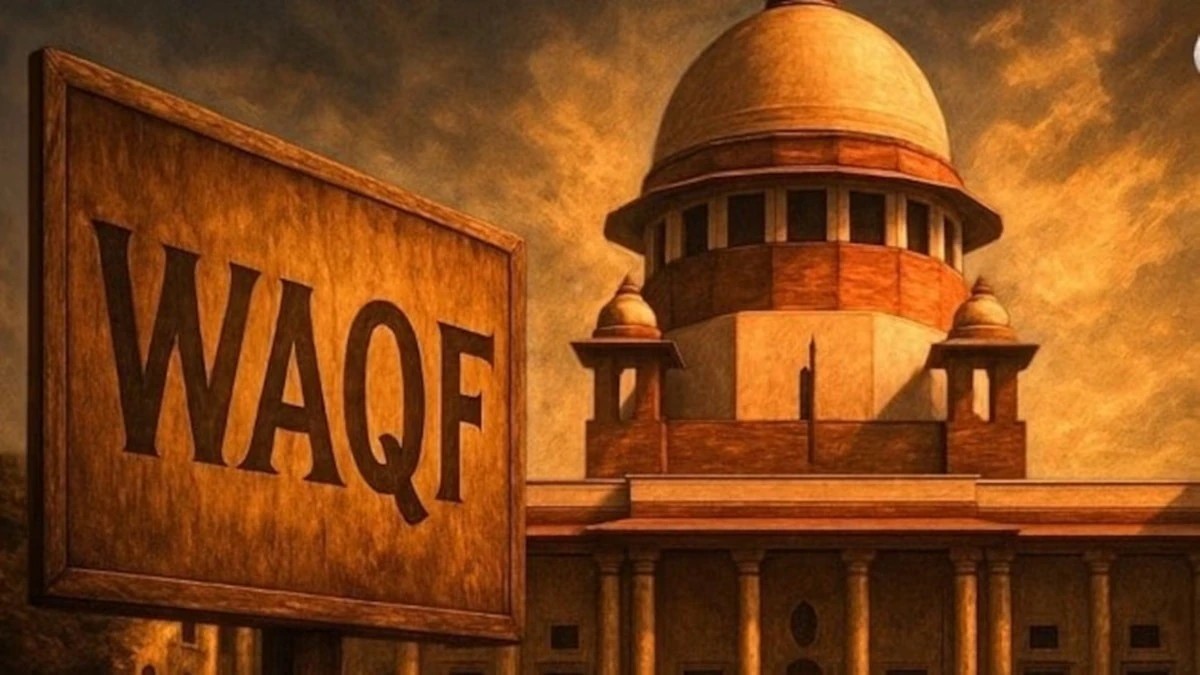Supreme Court Reviews Waqf Law Registration History
Supreme Court Reviews Waqf Law Registration History
Why in the News ?
The Supreme Court clarified that mandatory registration of Waqfs dates back to 1923, not the 2025 amendment. Petitioners argue the new law punishes the community for the State’s failure to survey Waqf properties, raising concerns over religious rights.
About Supreme Court Observations and Legal Debate :
- Chief Justice B.R. Gavai questioned why Waqfs weren’t registered for decades.
- Kapil Sibal and other senior advocates blamed State governments for failing to conduct property surveys.
- Petitioners argued the 2025 Amendment Act unjustly penalises the Muslim community for State lapses.
- The law, they said, undermines centuries-old Waqfs, especially those unregistered yet active.
Religious Rights and Constitutional Arguments
- Senior advocate A.M. Singhvi emphasised Waqf by user is an inherent Islamic concept, not a legal creation.
- Rajeev Dhavan argued that Waqf is tied to Islamic charity, one of Islam’s five pillars, protected under Article 25.
- Petitioners opposed non-Muslim representation in Waqf Boards, citing Article 26(d) on minority property rights.
- The 2025 Act also controversially requires proof of being a practising Muslim for 5 years before creating a Waqf.
Historical Context of Waqf Registration: |
| ● Mandatory registration of Waqfs originated from the Mussalman Wakf Act, 1923. |
| ● The 1954 Waqf Act and the 1995 Waqf Act reiterated this requirement. |
| ● Section 4 of the 1995 Act authorised States to conduct surveys of Waqf properties. |
| ● Despite legal provisions, many Waqfs remain unregistered, including Waqf by user (those established by long-standing community use). |




